
Crawl Space Before
Exposed walls with an open vent that allowed air to move freely in and out. The dirt floors had a thin sheet of plastic covering them.
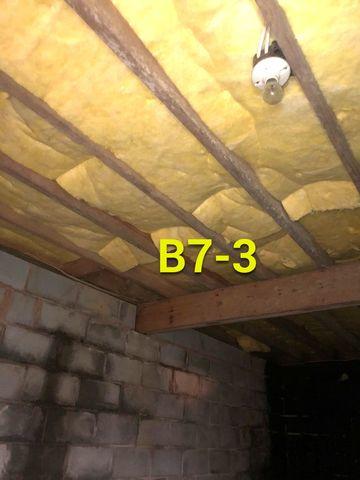
Crawl Space Before
Visible moisture coming through the cinder block foundation. This would cause a musty smell and poor air quality in the crawl space.

Crawl Space Before
Exposed walls and cinder block foundation with no insulation. The insulation in the ceiling area was loose and some had fallen free, A thin sheet of plastic gave false hope for water control and instead created a way for moisture to stay and created mud below.
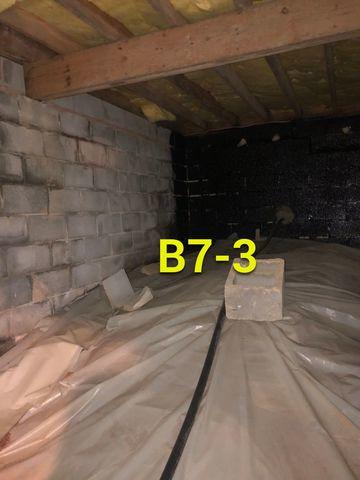
Crawl Space Before
More visible water and moisture on the walls. The insulation above had gaps that allowed air to freely pass and make the floors above cold.
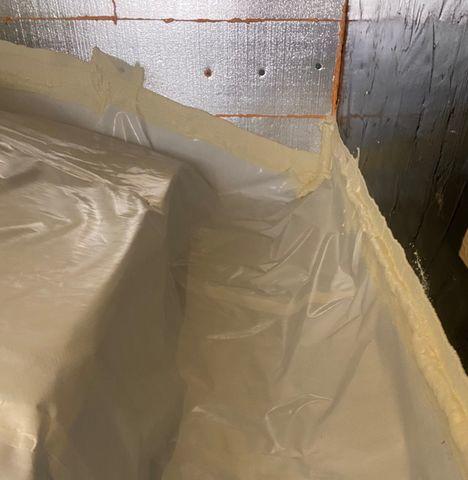
SilverGlo and CleanSpace
Insulating the walls with SilverGlo and covering the floors with CleanSpace will help to encapsulate the crawl space and keep any water controlled and not able to have a negative impact.
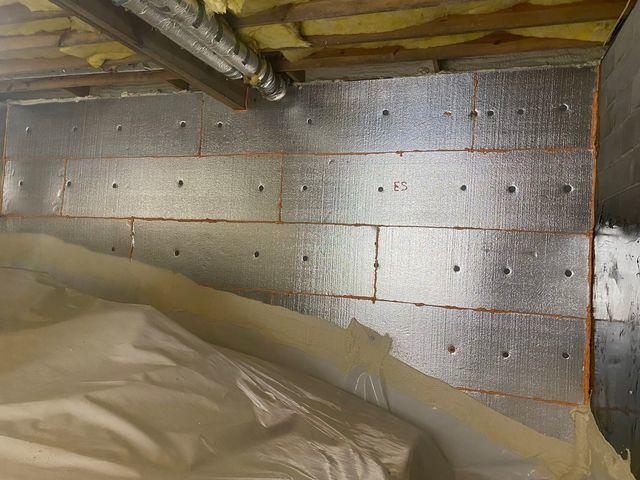
SilverGlo Insulation Panels
This not only serves to insulate but it helps manage any water or moisture and delivers it down the wall to the base of the crawl space, below the CleanSpace barrier.
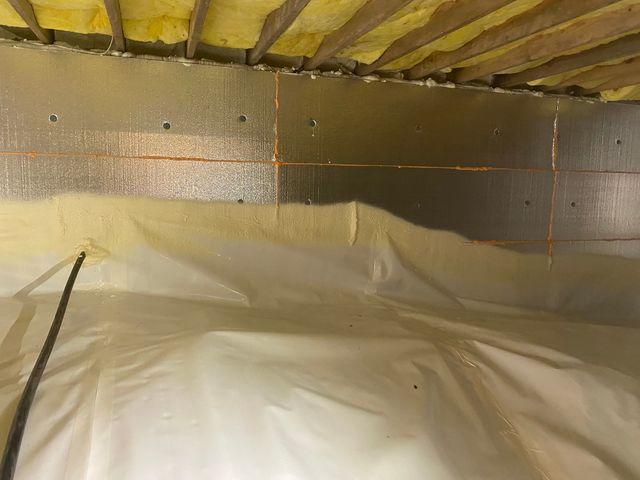
SilverGlo and Spray Foam
Spray foam was used to seal up the area where the SilverGlo and Clean Space meet. This helps to create a good air seal and not let uncontrolled air move.
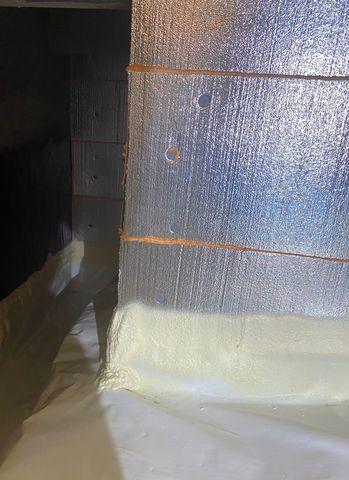
SilverGlo and CleanSpace
These walls have covered with SilverGlo insulation panels and are sealed at the bottoms with spray foam to keep moisture and wetness controlled and beneath the CleanSpace.
